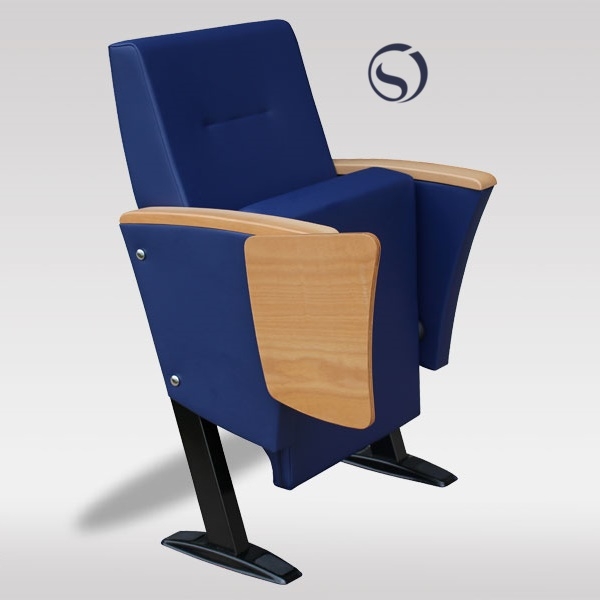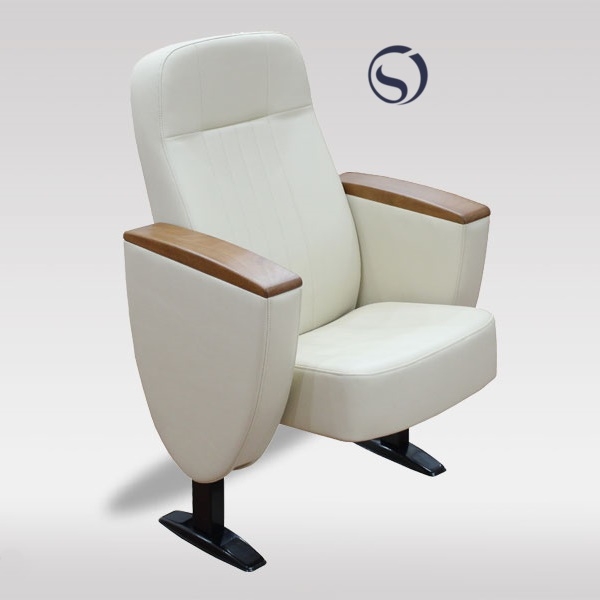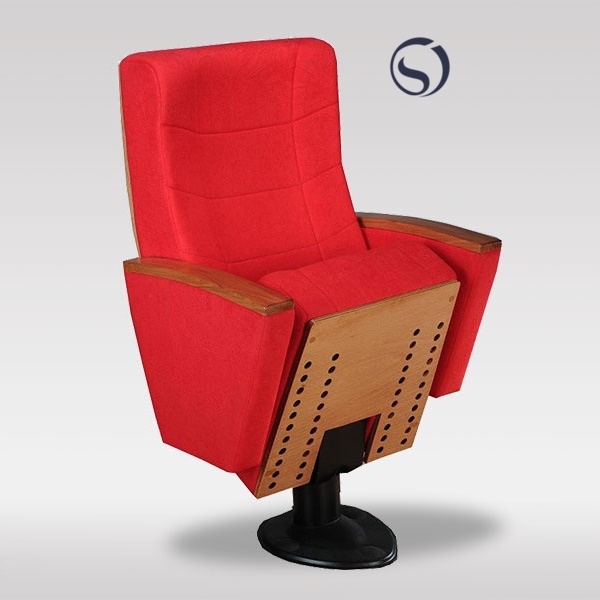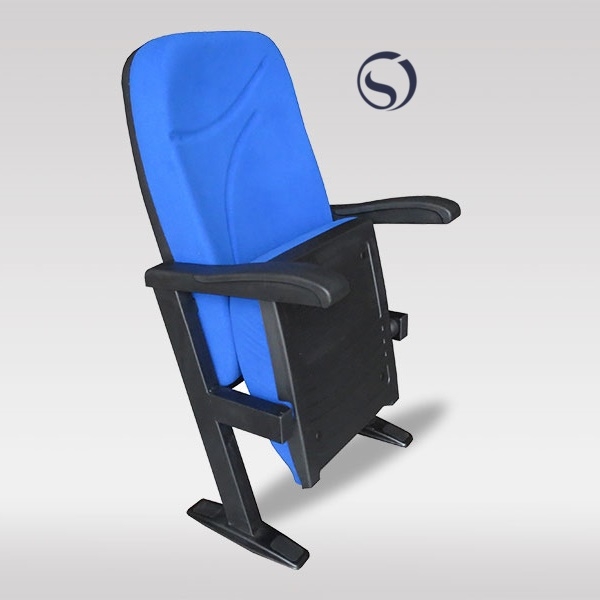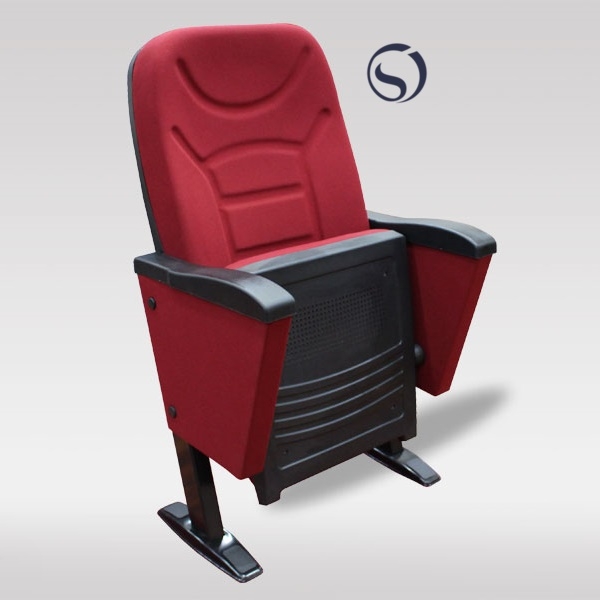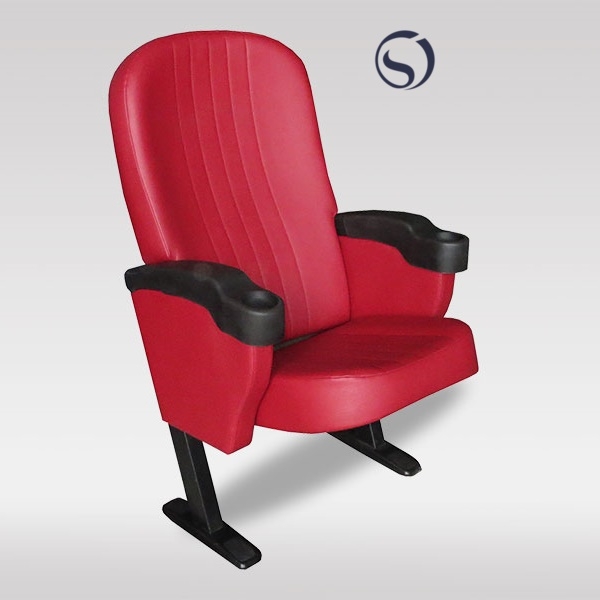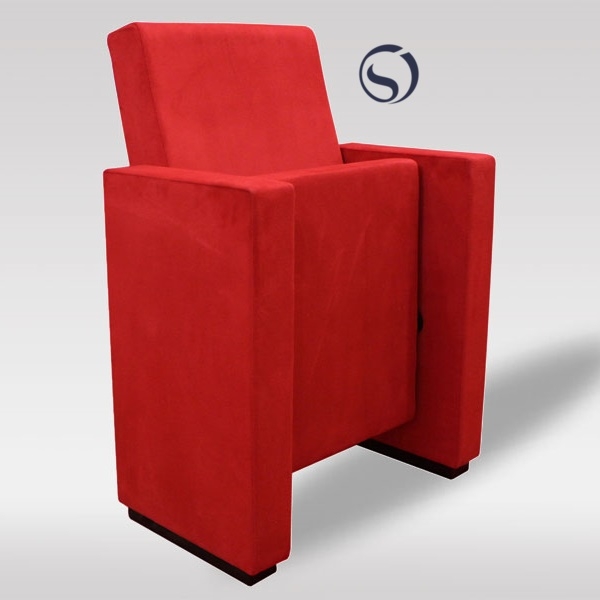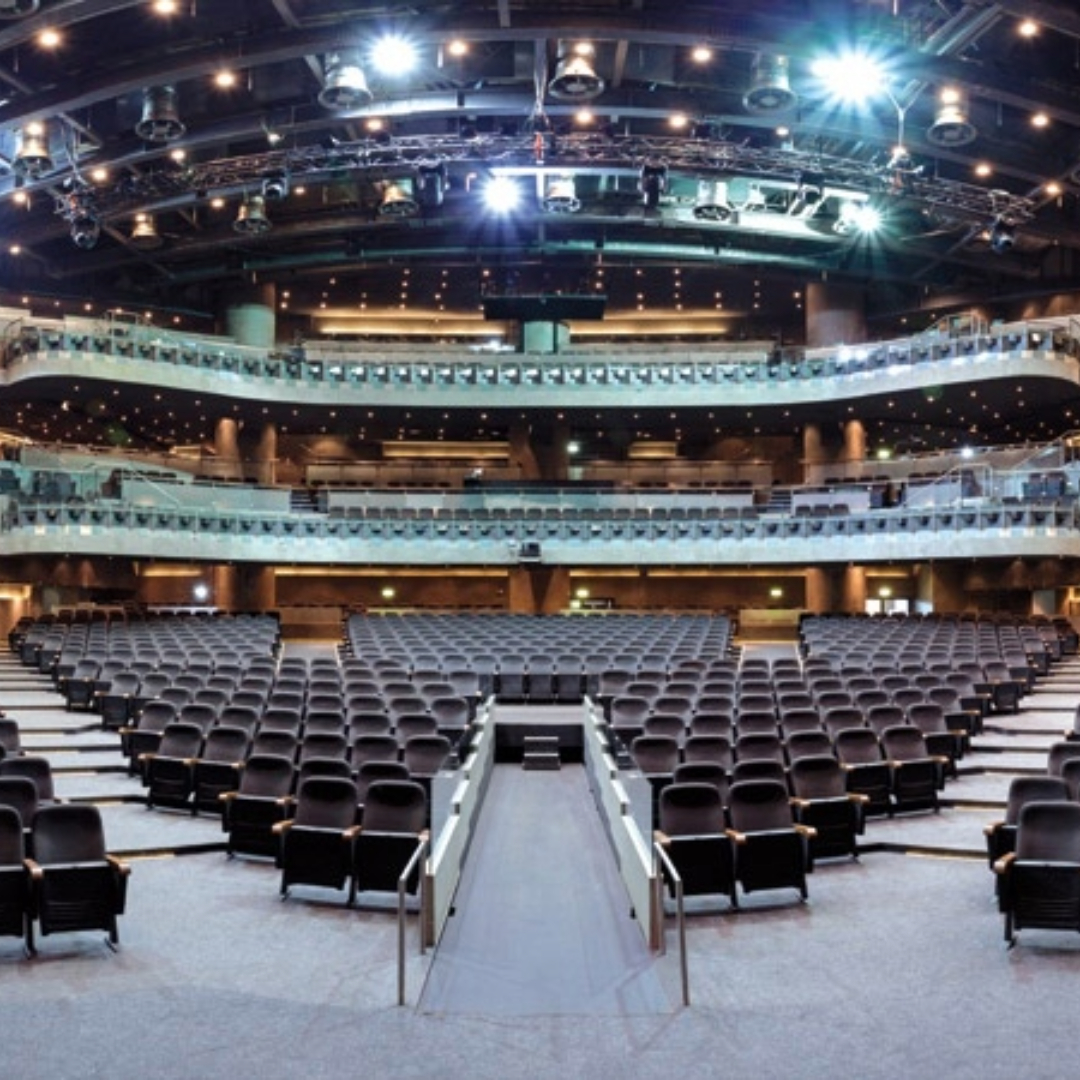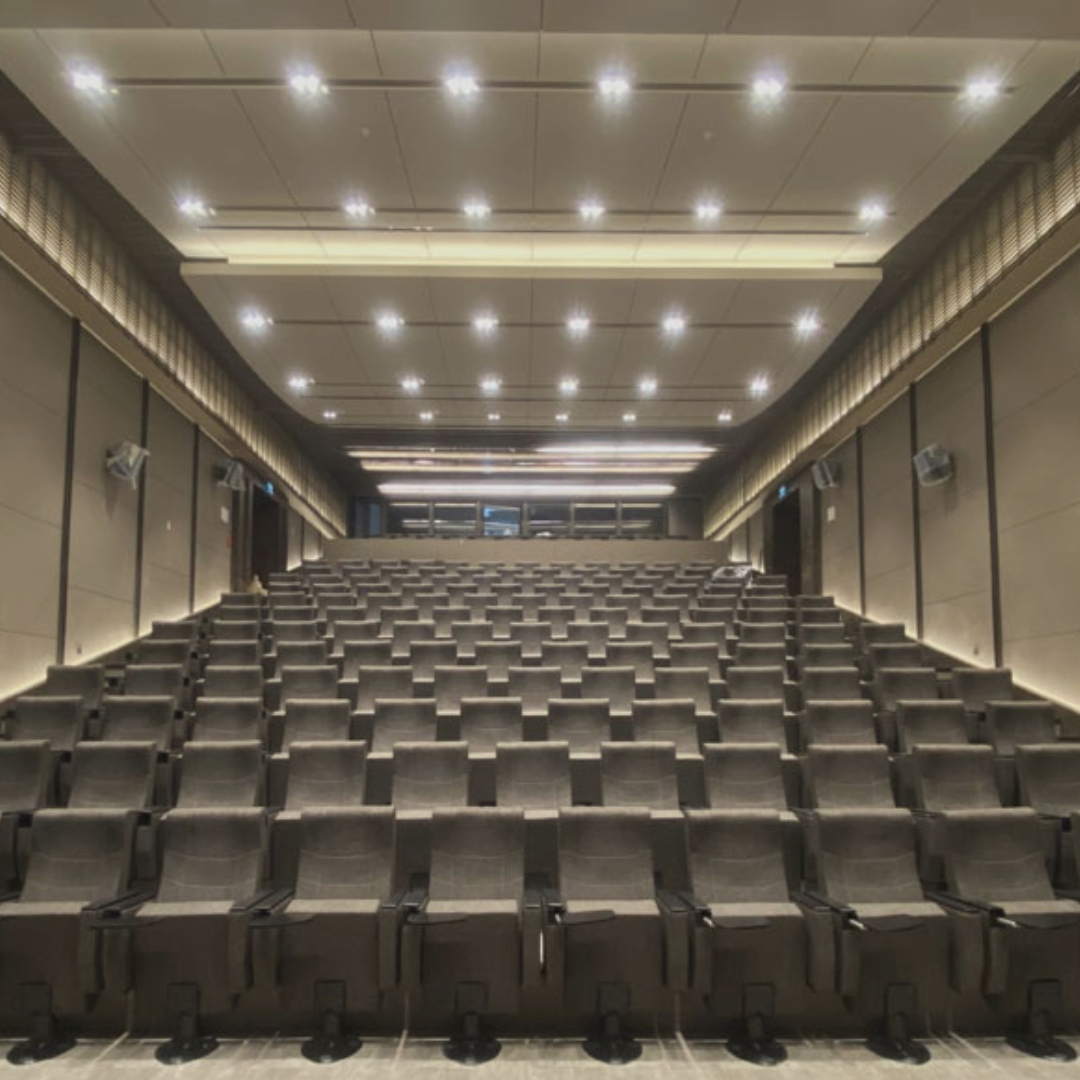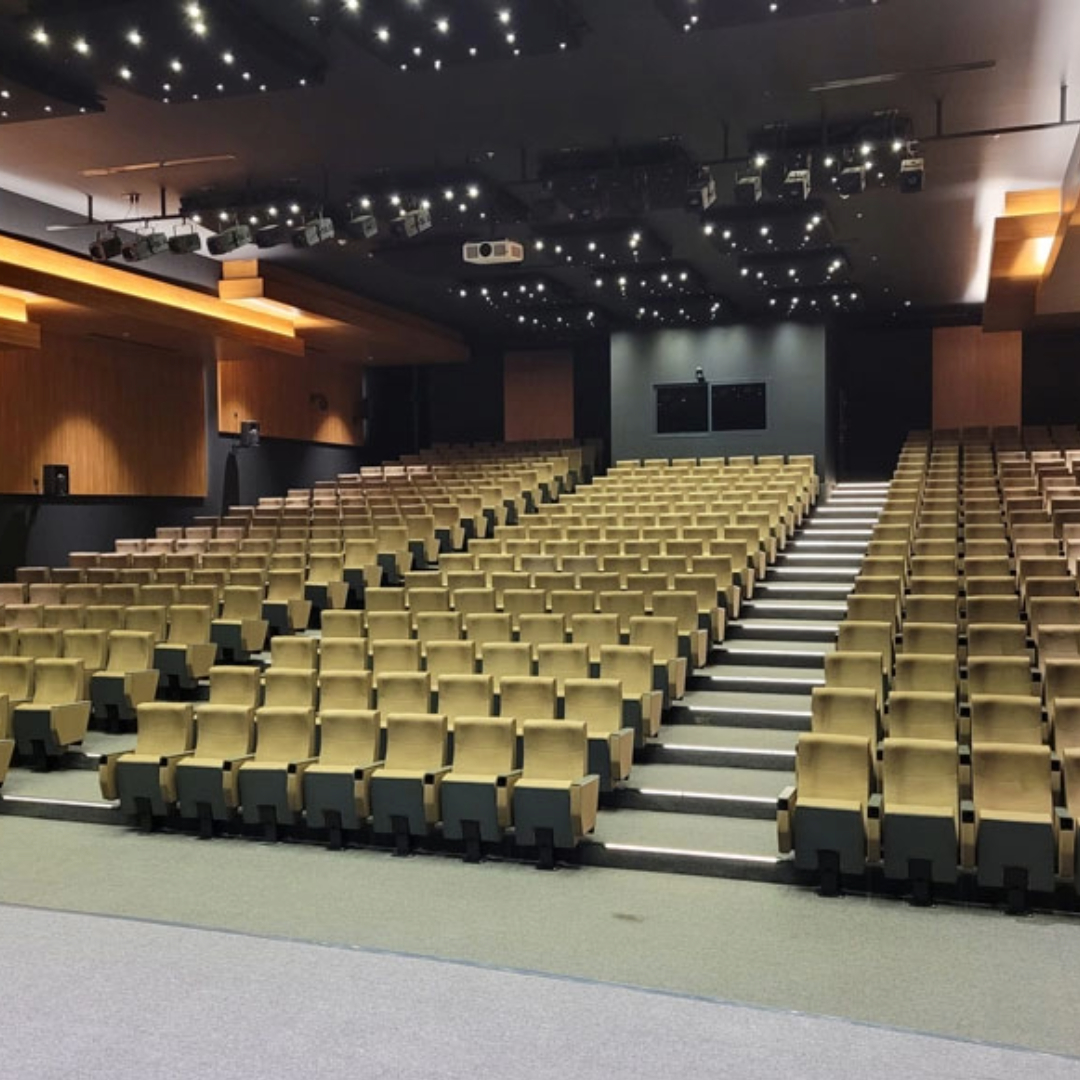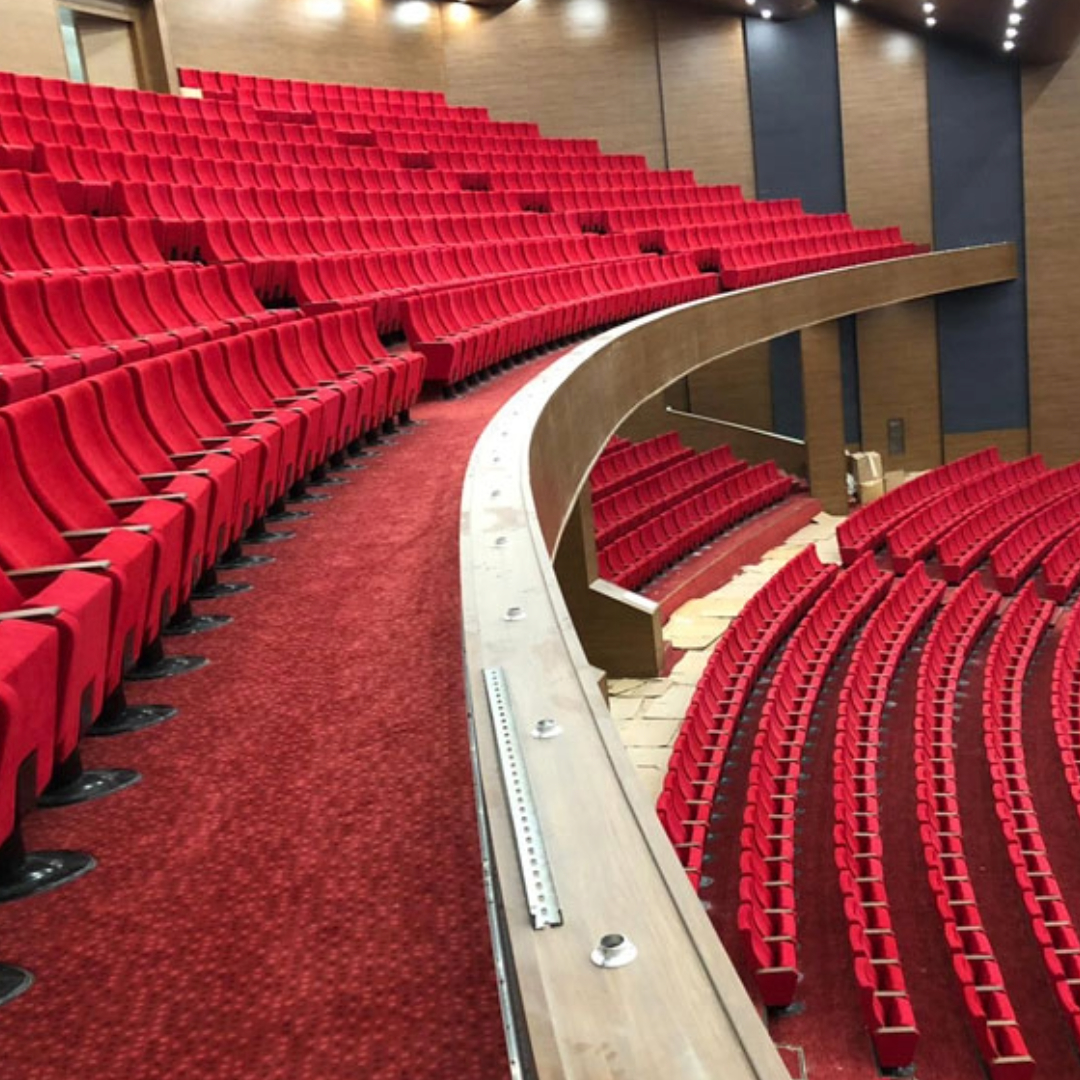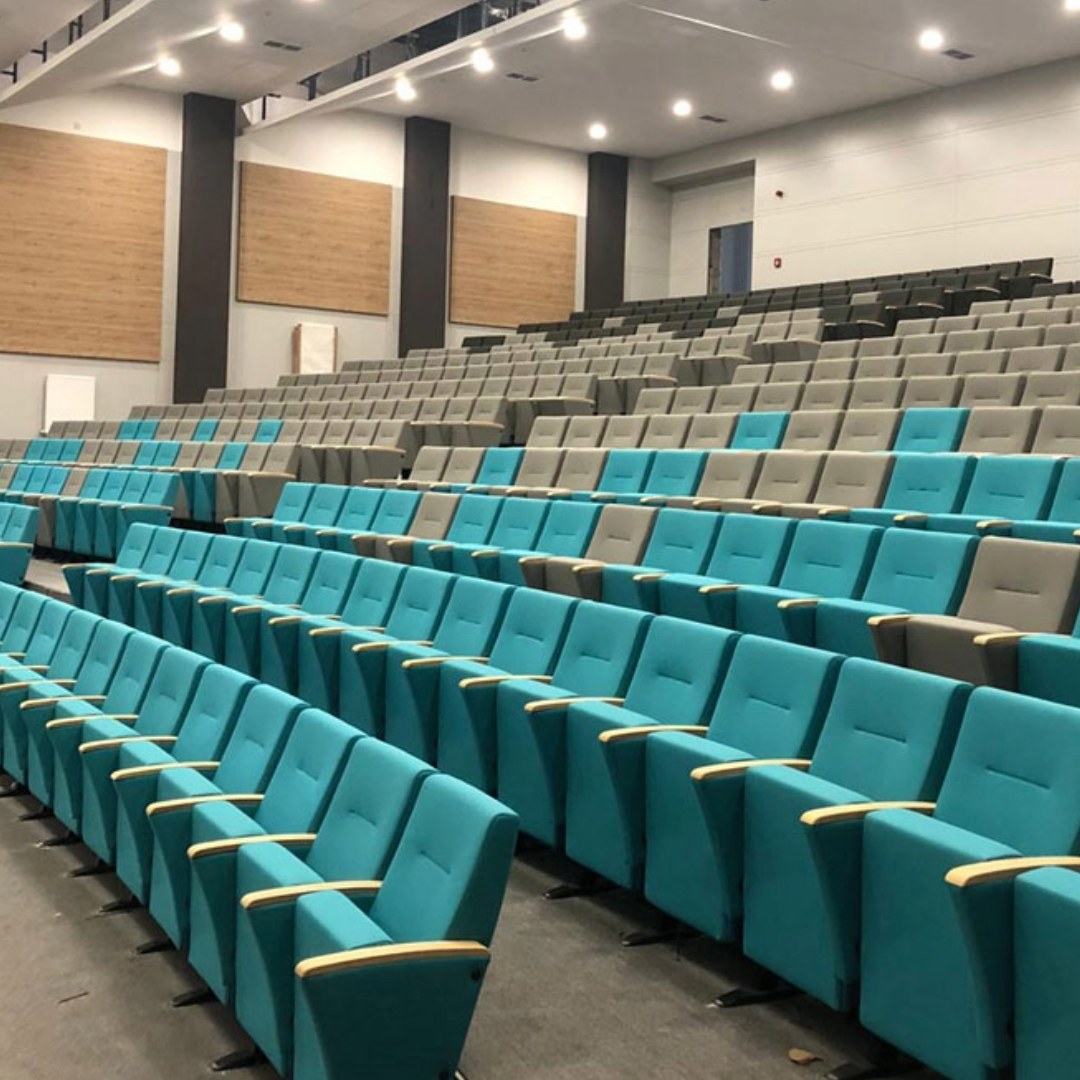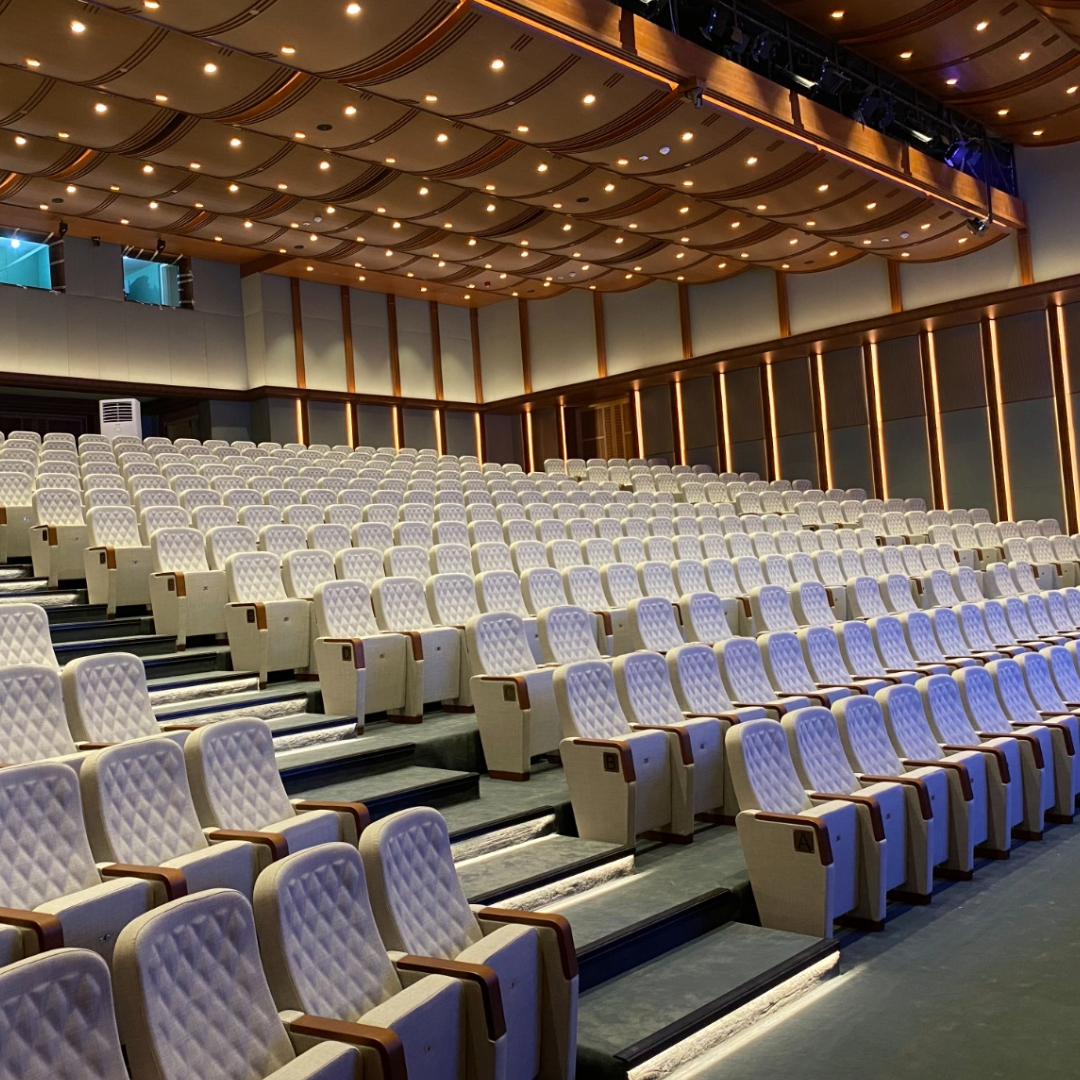Auditorium Chair Dimensions
Auditorium Seats
Auditorium seats are seats that are generally used in places and event areas where many people sit, such as conference halls, theaters, cinemas, school halls. Auditorium chair dimensions are important both for the comfort of the people sitting and for the efficient use of the space. In addition, making good calculations during the auditorium seating project provides both cost advantage and ensures that your project is implemented at maximum efficiency.
Auditorium Chair Dimensions
The chairs used in auditorium halls have different names in terms of their functions. For example, seats with a cup holder are generally used in movie theaters and are called cinema seats. Auditorium chairs with writing tables are used in universities, conference halls and classrooms. For this reason, they have names such as conference hall chair, seminar chair.
In general, auditorium chair dimensions are as follows.
Seat Width: It is the distance between the two armrests of the seat side by side. This dimension should correspond to the shoulder width of the seated person. For an average adult, the seat width can be between 50-60 cm. It should be noted that the height and shoulder width of people in Asia and the Americas may differ. If people are generally thin or short in the city where your auditorium will be built, you can slightly reduce the seat width to increase the capacity of the auditorium.
Seat Depth: The distance from the front edge of the seat to the back edge is called seat depth. This measurement should be appropriate for the leg length and seating shape of the person sitting. For an average adult, a seat depth of 40-50 cm is sufficient.
 Seating Height: This is the distance between the floor and the seating surface of the seat. This measure should ensure that the feet of the seated person touch the floor. For an average adult, a seat height between 40-45 cm is sufficient.
Seating Height: This is the distance between the floor and the seating surface of the seat. This measure should ensure that the feet of the seated person touch the floor. For an average adult, a seat height between 40-45 cm is sufficient.
Seat Height: The distance between the floor and the top of the seat. Usually 90-110 cm is sufficient. Sloping or stepped floors should be preferred to ensure that the audience in the back row can see the stage.
Auditorium Row Spacing: The distance from the back edge of the seats in one row to the front edge of the seats in the row in front of it. This dimension should ensure that seated persons can stretch their legs comfortably and that persons in the back row can see the head of persons in the front row. For an average adult, the row spacing can be between 80 and 100 cm.
Auditorium Seats
The dimensions of the auditorium chairs also affect the acoustic performance of the auditorium. The sound reflection, absorption and dispersion properties of auditorium seats determine the quality and clarity of the sound. Therefore, it is important to consider factors such as the material, shape, angle and placement of the auditorium seats.
Auditorium seat dimensions may vary according to factors such as the design, capacity, purpose and target audience of the auditorium.
For example, in a movie theater, the seat width and depth may be greater because the audience is more comfortable and comfortable in shows that require prolonged seating. In a conference room, the seat height and row spacing may be higher because participants may want to sit more upright and active. Therefore, you should take all the details into account when working on an auditorium seating project.
We can say that the dimensions of the auditorium seats are the most basic requirement for long-term audience happiness, cost minimization and thorough analysis of the hall capacity.
As Seatorium, the leading auditorium seat manufacturer, we offer the best solutions for theater, cinema and all your auditorium seating projects. You can contact one of our export specialists for detailed information.

